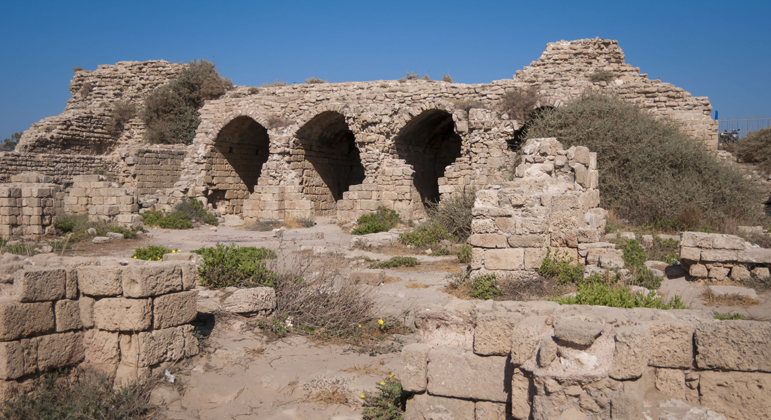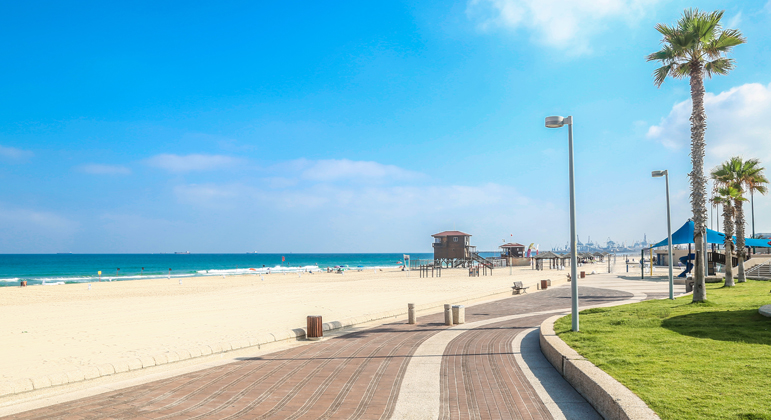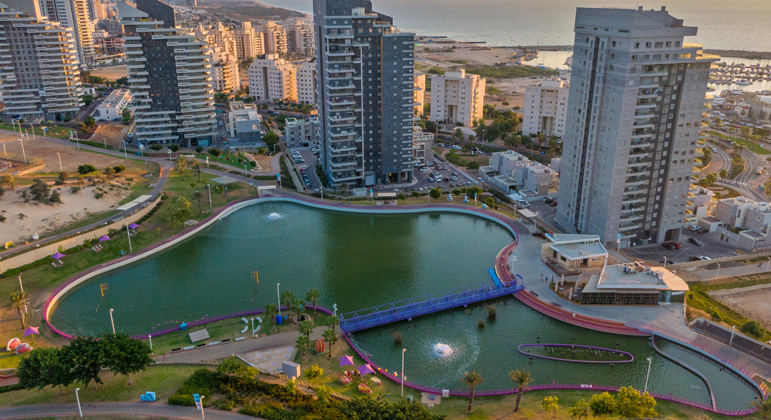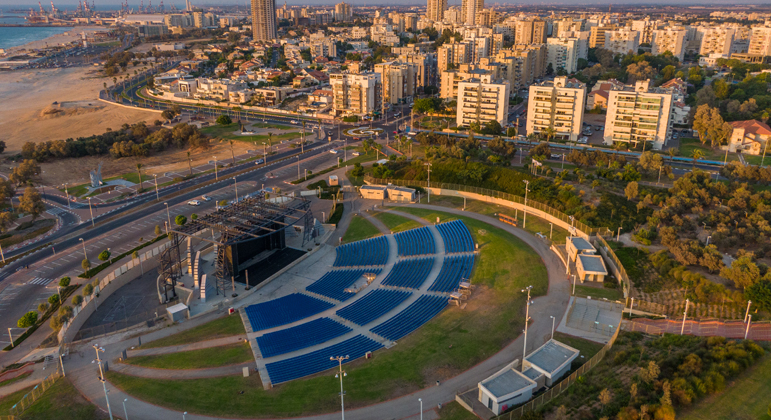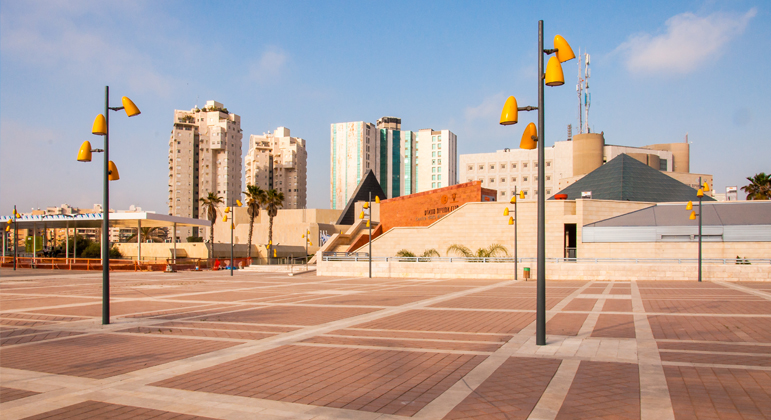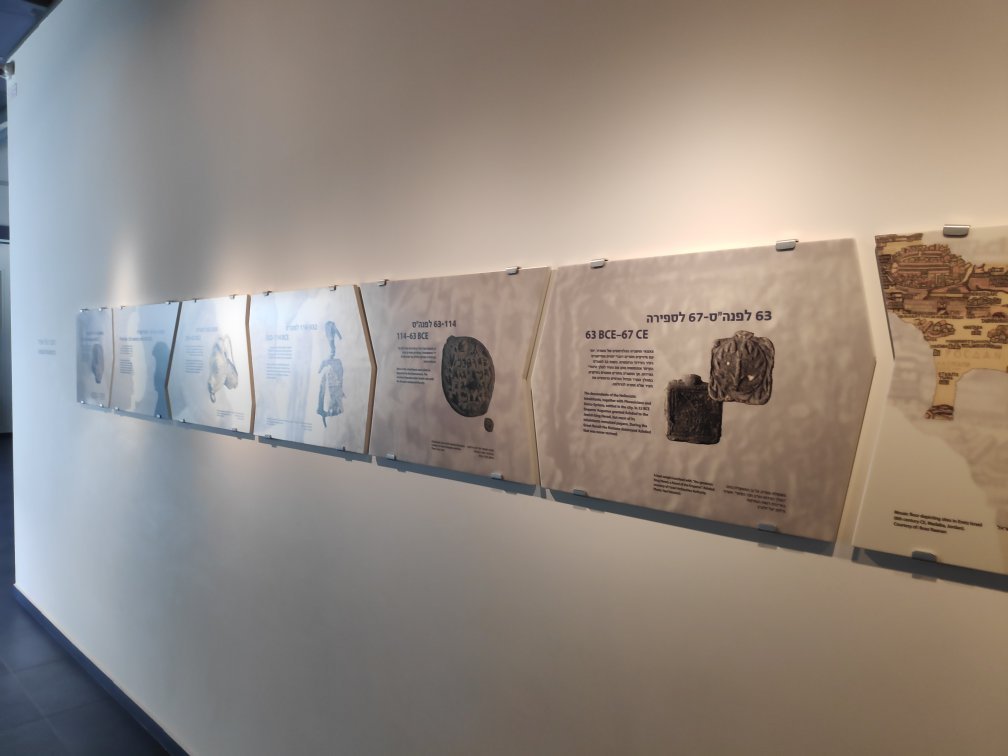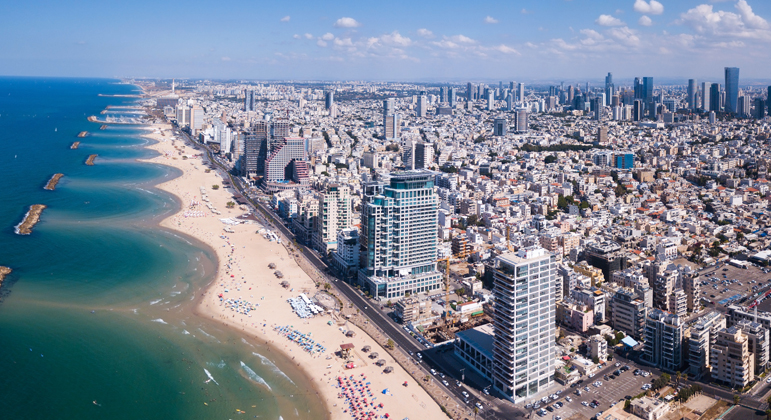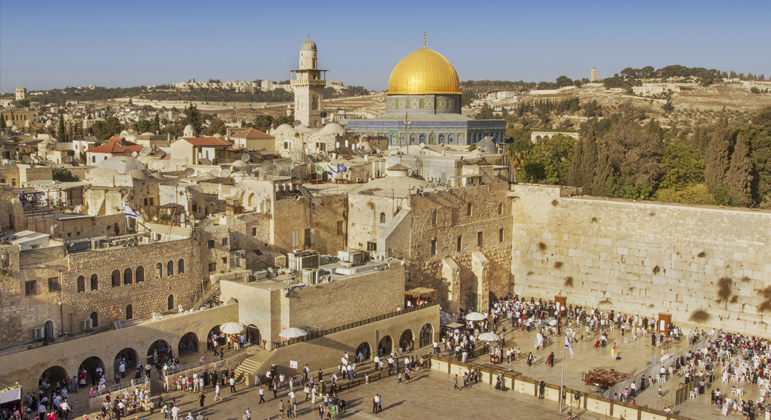Ashdod Is Where Contemporary Israel Shines
Israel, the world’s only Jewish and democratic state, is home to sites sacred to Judaism as well as Christianity and Islam—and few countries so small pack in as much diverse geography and culture. Ashdod, for example, is Israel’s largest port and was actually settled as early as the 17th century BC by the Bronze Age Canaanites—with Philistines, Israelites, and Greek colonists just some of the many ancient peoples who followed. The seaside city is mentioned frequently in the Old Testament, but with plenty of modern appeals, Ashdod is much more than its past. Located on the shores of the Mediterranean Sea, it has a diverse population of some 250,000, well-kept beaches, a boardwalk with restaurants and cafes and a prestigious marina. Beyond the beaches, Ashdod offers various attractions such as the “Etgarim (Extreme Sports) Park,” wonderful public artworks on display and more. Ad Halom Park is located in the southeastern part of the city. Ashdod is also your Mediterranean gateway to the capital of Israel, Jerusalem, approximately a one hour’s drive to the east, and glittering Tel Aviv-Yafo, on the coast about 40 minutes’ drive north.

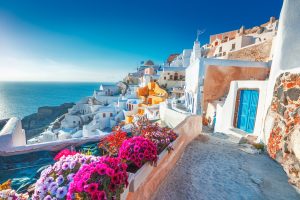 Santorini
Santorini 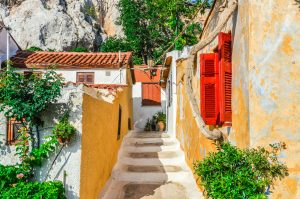 Athens
Athens 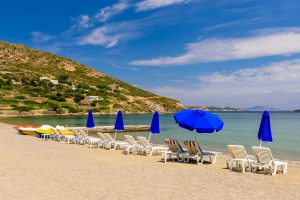 Patmos
Patmos  Istanbul
Istanbul 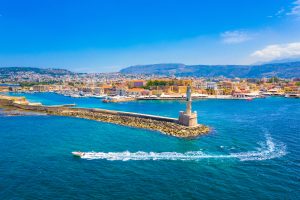 Crete
Crete 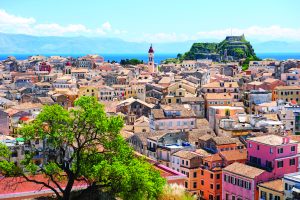 Corfu
Corfu 






 Deutschland (€)
Deutschland (€)
 Turkey (€)
Turkey (€)
